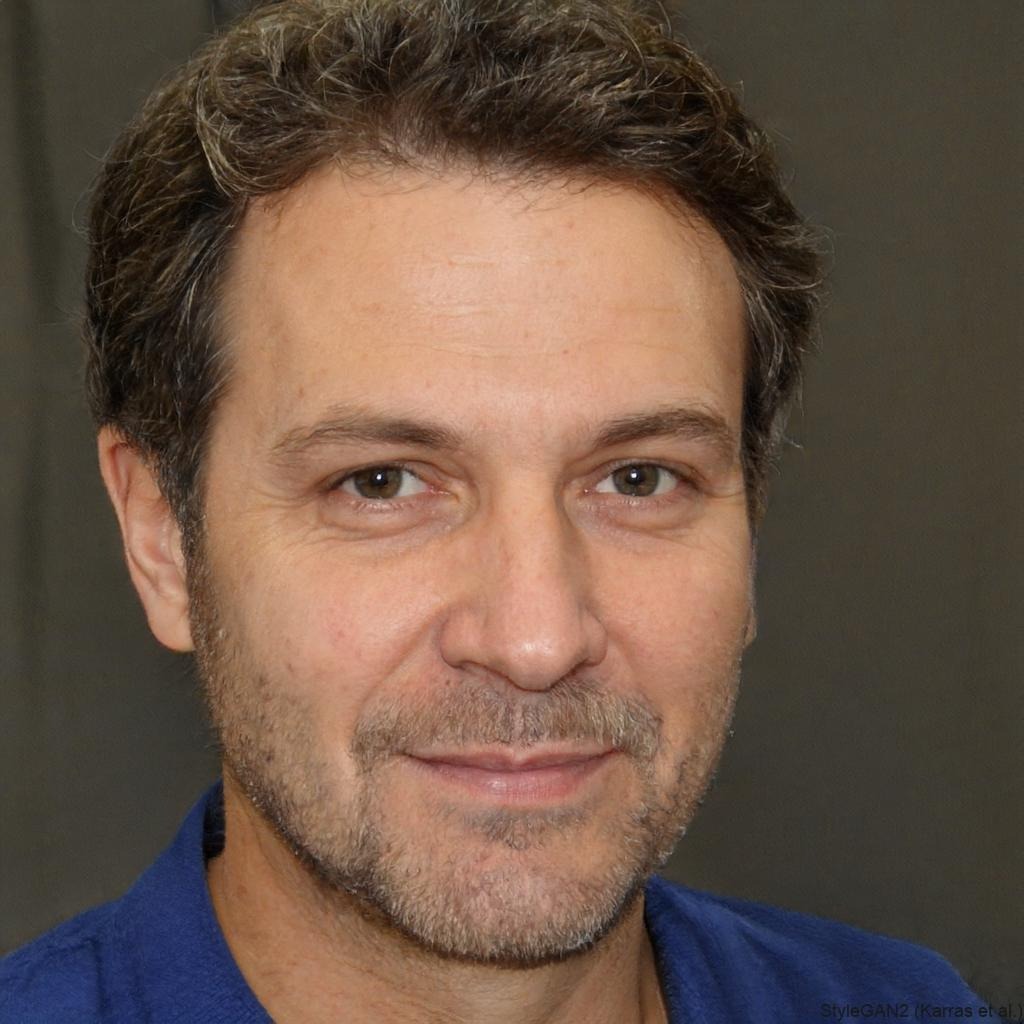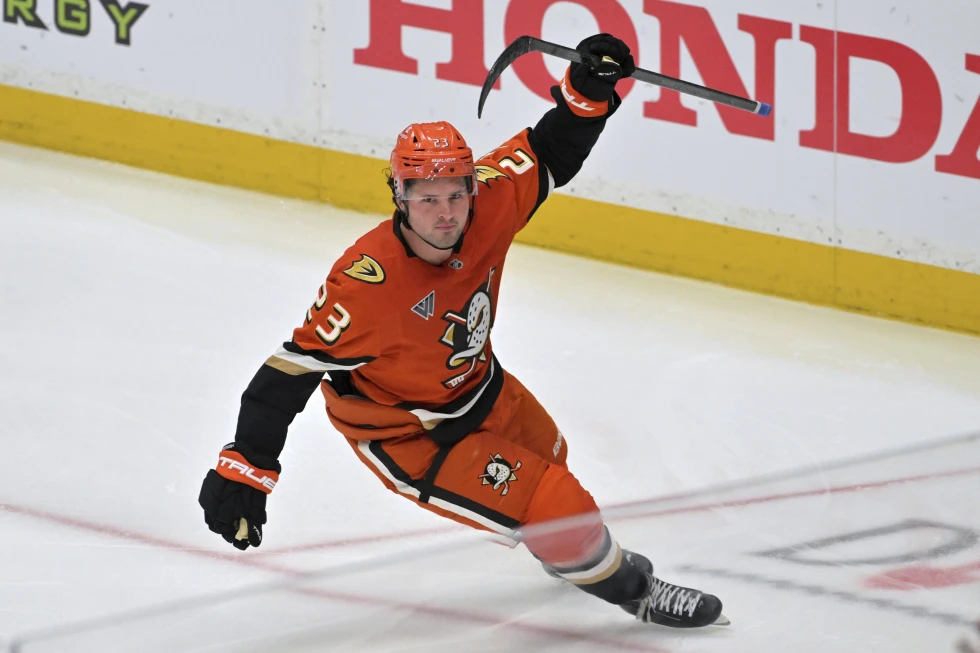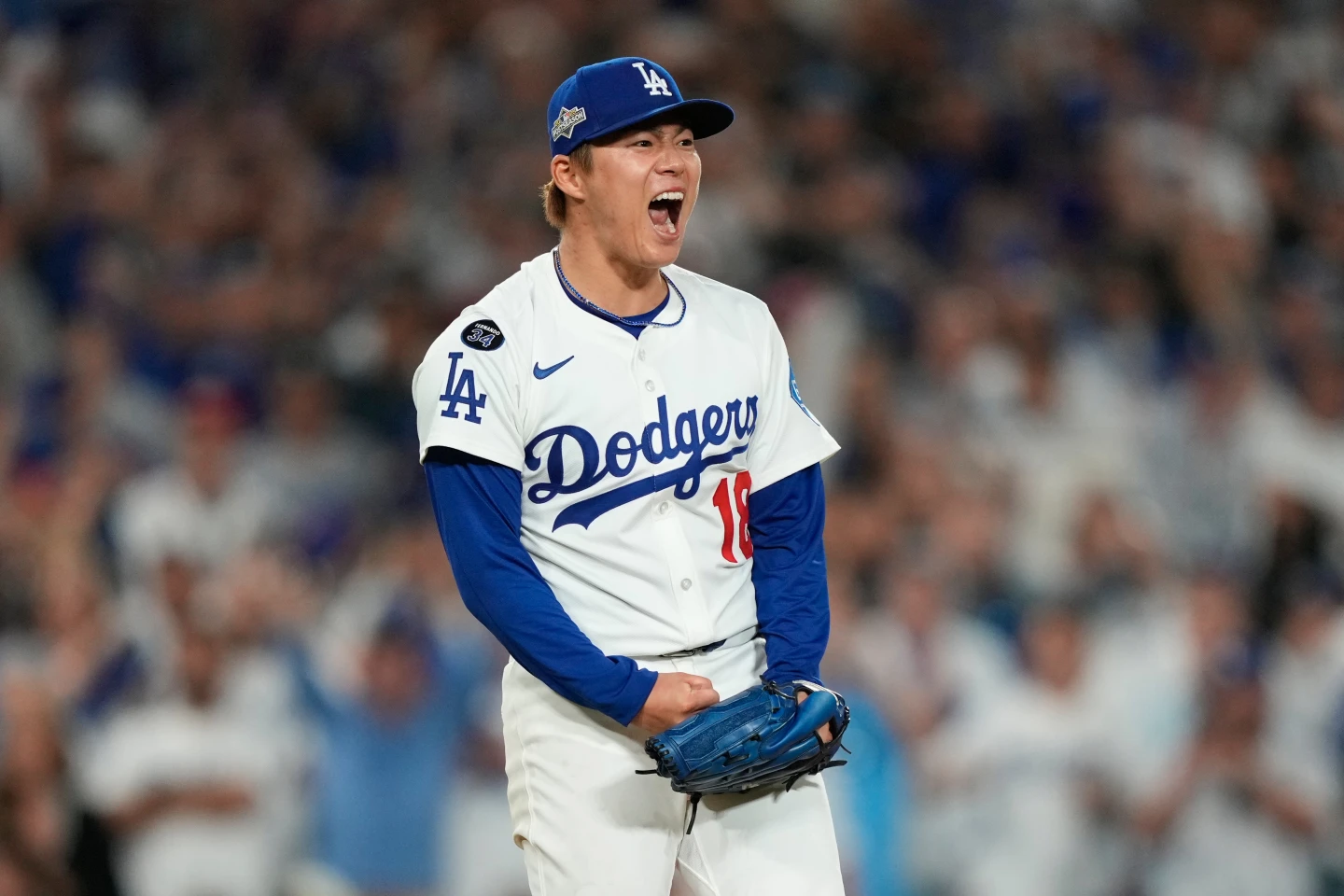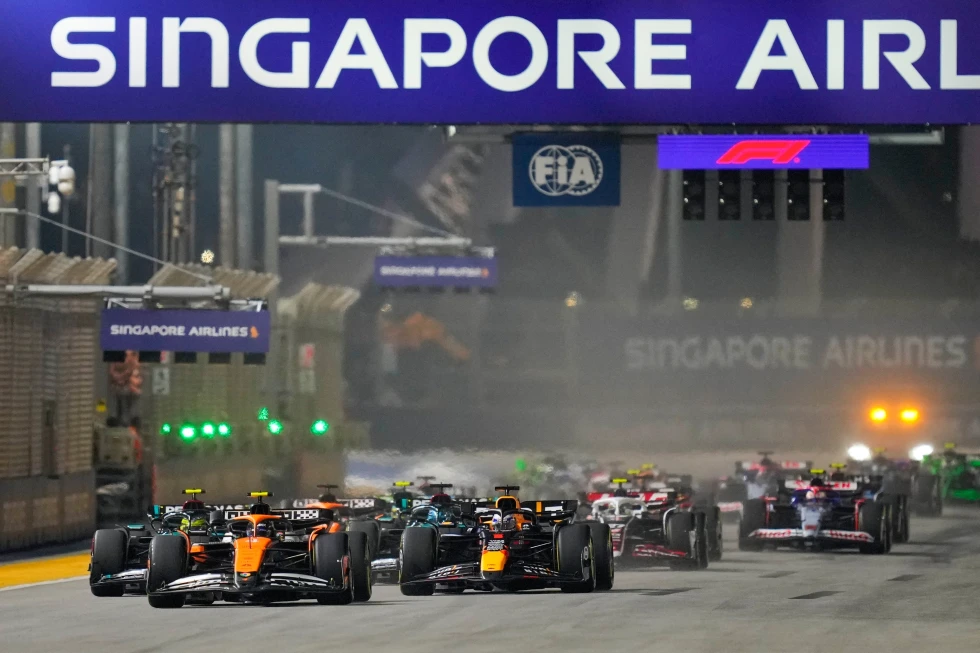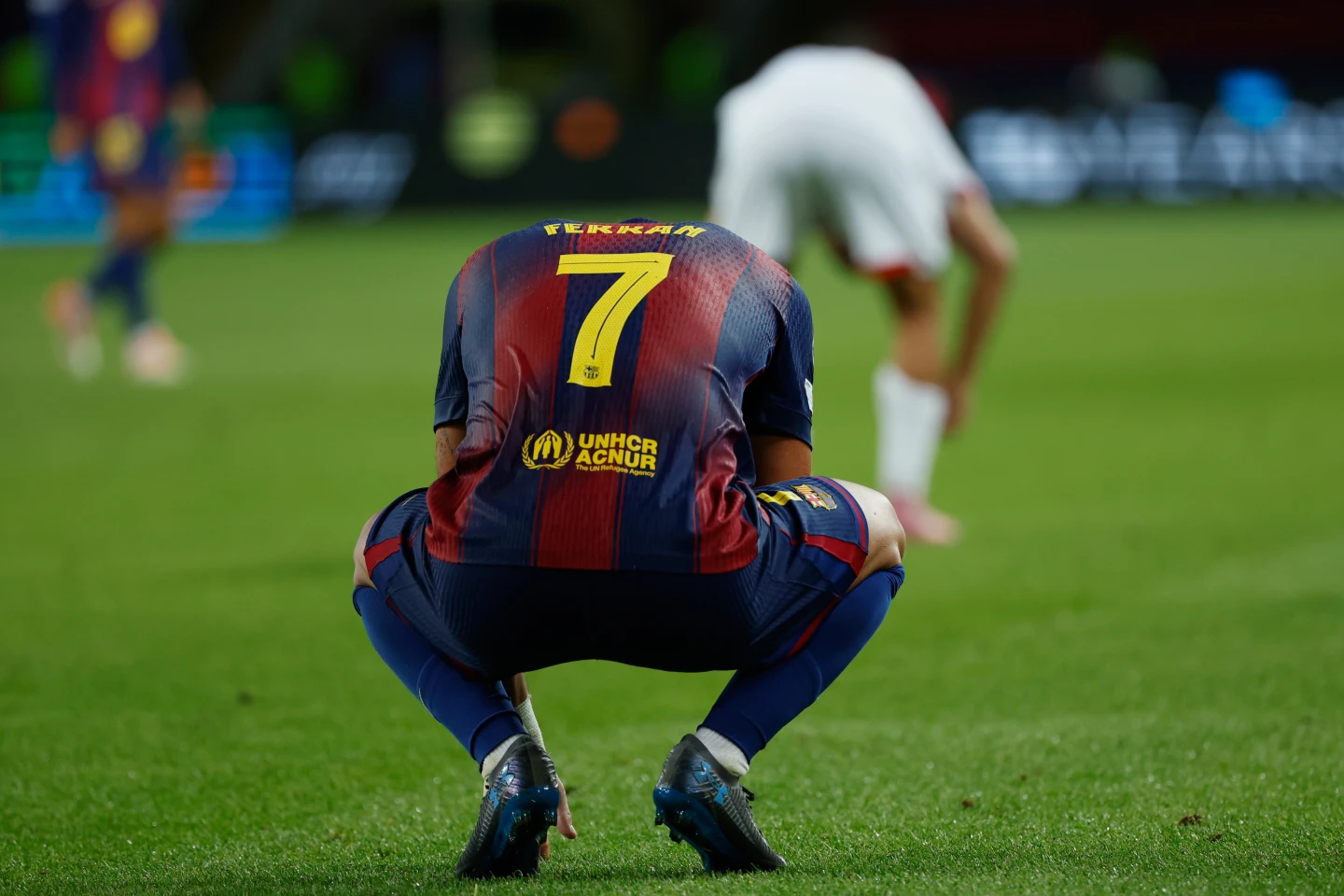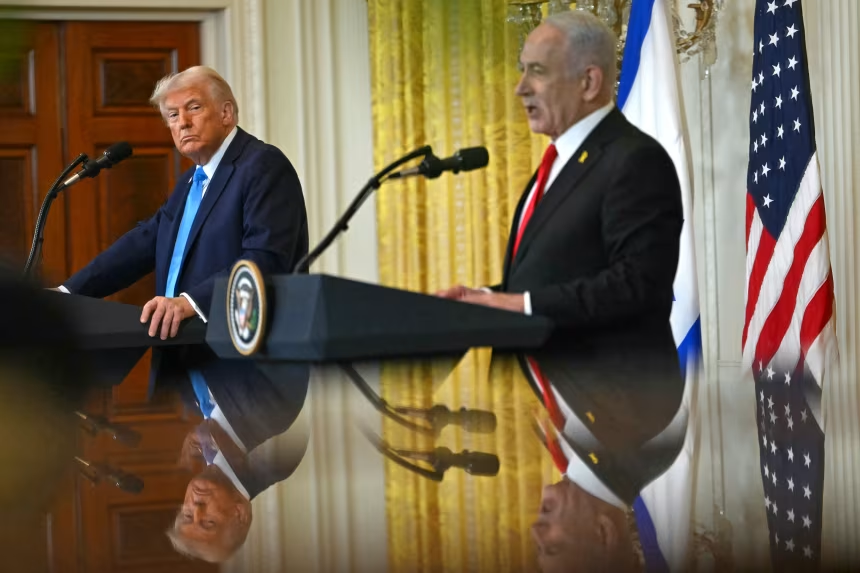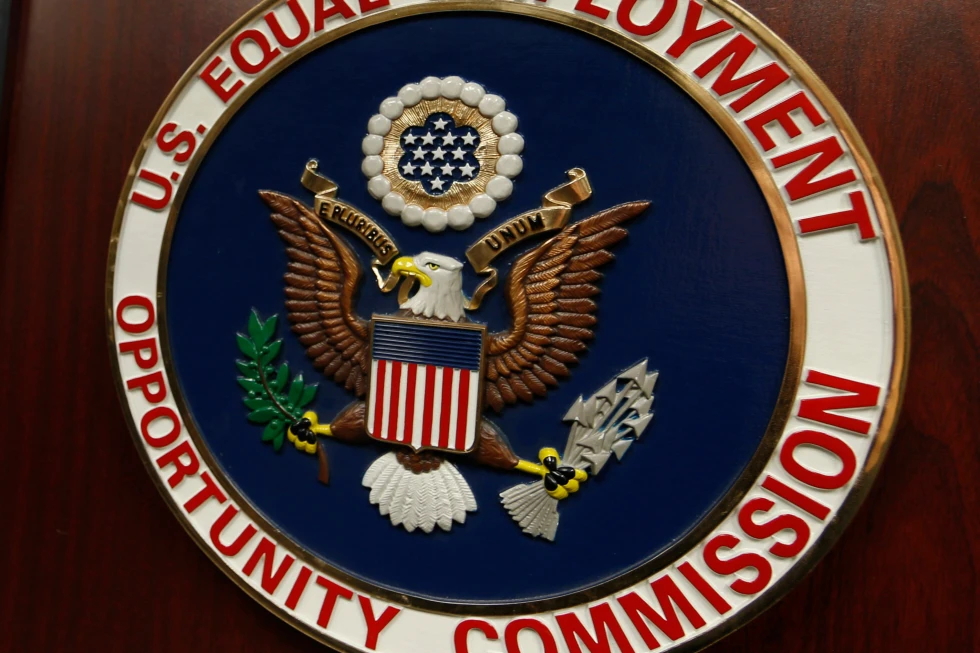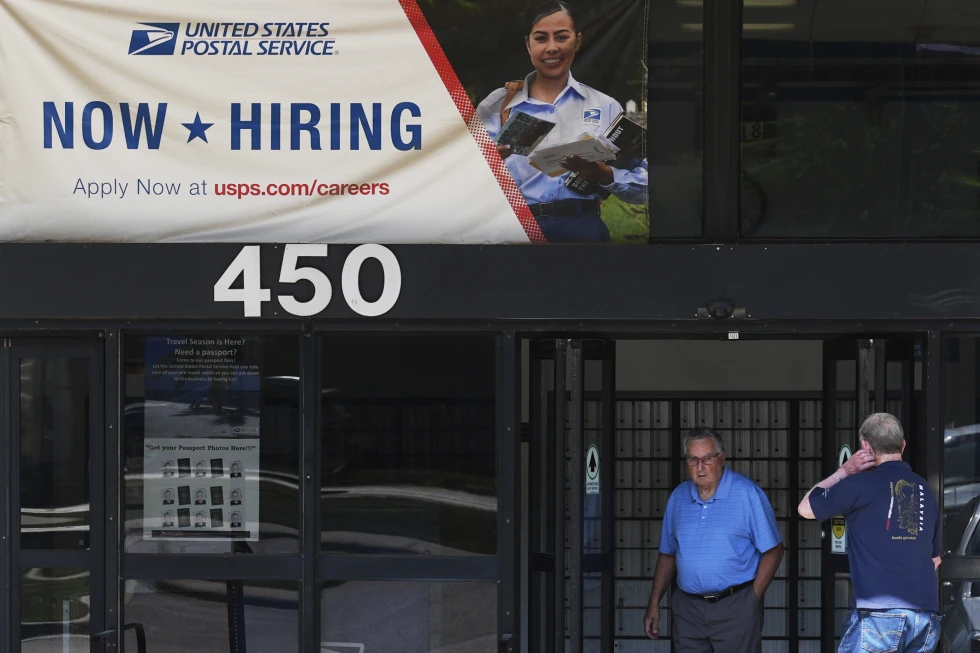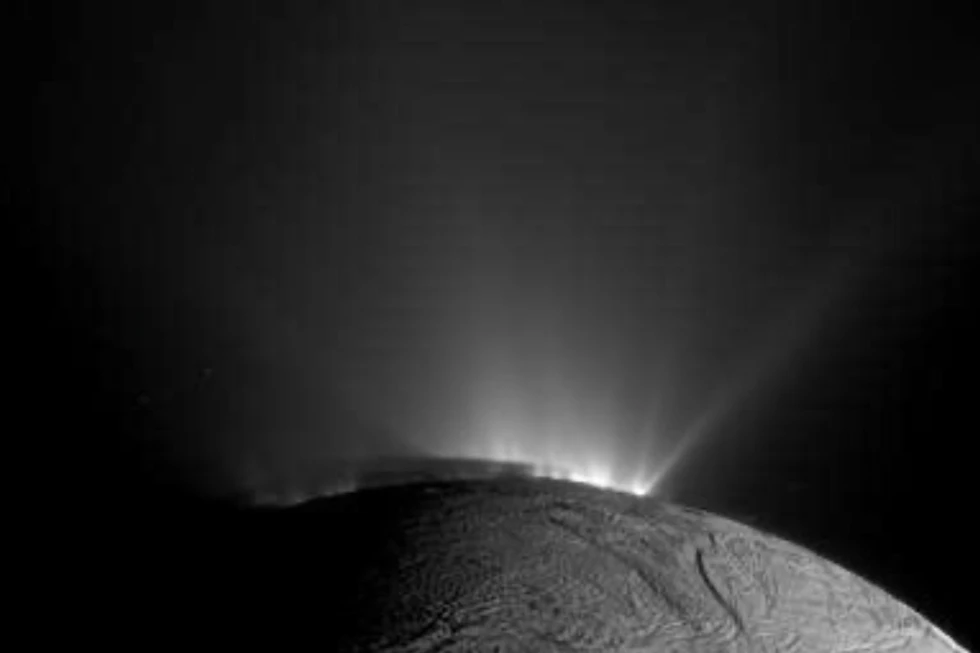l ong-Struggling Ducks Chase Playoff Mandate Under New Coach Joel Quenneville
The Anaheim Ducks enter the 2025-26 NHL season with renewed playoff ambitions under first-year head coach Joel Quenneville. After finishing last season with a 35-37-10 record, the Ducks missed the playoffs for a team-record seventh consecutive season. This long drought has placed increased pressure on management and coaching staff to deliver tangible results this year.
Owner Henry Samueli has publicly voiced expectations for the franchise, prompting GM Pat Verbeek to affirm that he expects the team to reach the postseason. Quenneville, who returns from a four-year NHL absence, inherits a roster still developing its identity. The challenge will be implementing his coaching philosophies and turning around a team that has struggled to find consistency in both offense and defense.
The Ducks are also entering the season with heightened fan expectations in Orange County, where supporters have longed for playoff contention. With Quenneville’s proven record in Chicago and Florida, there is cautious optimism that Anaheim can finally capitalize on its young talent and veteran acquisitions to make a meaningful run.
Team Overview
Joel Quenneville joins Anaheim with a career record of 1,768-969-572, bringing a wealth of experience and a history of developing young rosters. Assisting him are Jay Woodcroft, Ryan McGill, and Andrew Brewer, each expected to contribute significantly to player development and tactical execution. The Ducks have seen notable departures, including former coach Greg Cronin, goalie John Gibson, and forwards Trevor Zegras, Robby Fabbri, and Isac Lundestrom.
In terms of additions, Anaheim has bolstered its roster with forwards Chris Kreider, Mikael Granlund, and Ryan Poehling. Kreider and Granlund bring veteran experience to an offense that struggled last season, while Poehling provides depth and flexibility in the middle. These acquisitions are aimed at supporting the young core while improving scoring consistency across all four forward lines.
Goalie Lukas Dostal is expected to step into the primary netminder role following Gibson’s departure, and Petr Mrazek will provide reliable backup support. The combination of rising stars, experienced veterans, and Quenneville’s coaching acumen will be tested as the Ducks attempt to blend youth and experience into a cohesive, competitive team.
Season Opener and Goals
The Ducks open the season on October 9 against the Seattle Kraken, marking the start of what could be a pivotal campaign. The team’s internal goal is to break a seven-year playoff drought, a mandate emphasized by owner Henry Samueli and GM Pat Verbeek. The opener will provide an early indicator of how quickly Quenneville’s system is taking hold with the roster.
Anaheim’s goals this season extend beyond mere playoff qualification. The organization aims to solidify a new identity under Quenneville, emphasizing two-way responsibility, consistent scoring, and improved defensive play. Achieving this requires buy-in from both veterans and the young core, whose development is essential for long-term success.
Fans and analysts alike are watching closely, as expectations are higher than in previous seasons. While external expectations are cautious, internal pressure within the organization could drive the Ducks to exceed projected outcomes, especially if the young players rise to the occasion.
Strengths and Weaknesses
Strengths: The Ducks have undeniable young talent, led by centers Leo Carlsson and Mason McTavish. Both players are poised for significant development this season and are expected to be central figures in Anaheim’s push for the playoffs. Veteran additions Chris Kreider and Mikael Granlund strengthen the offense, providing experience and scoring depth that the team previously lacked.
With these pieces in place, Anaheim can finally roll four forward lines capable of contributing offensively each night. This depth allows Quenneville to implement more complex strategies and keep players fresh over a long season. The team’s offensive potential is complemented by Dostal, who appears ready to take on a full-time No. 1 goalie role.
Weaknesses: Despite a 21-point improvement last season, the Ducks’ defense remains a primary concern. Quenneville is moving away from last year’s man-to-man system in favor of a more structured, two-way approach. Without significant reinforcements on the blue line, the onus falls on coaching and player discipline to prevent defensive lapses and maintain competitiveness.
Additionally, consistency remains a question mark. Young players may face growing pains adjusting to increased responsibilities, and veterans like Kreider must demonstrate they can still contribute at a high level. Balancing youth and experience will be key to overcoming these weaknesses throughout the season.
Players to Watch
The Ducks’ young core will be crucial to any playoff hopes. Cutter Gauthier returns after a 20-goal rookie season, and he has the potential to become an elite scorer before turning 22. Centers Leo Carlsson and Mason McTavish are poised to make major impacts as both develop into foundational players for the franchise.
On defense, Jackson LaCombe, Pavel Mintyukov, Olen Zellweger, and Tristan Luneau are expected to see significant ice time. Their development will be essential in supporting Quenneville’s system and improving overall team defense. These players could determine whether Anaheim achieves the playoff success that management desires.
Other veterans will also play a pivotal role in mentoring the young core and maintaining consistent performance. If the Ducks’ youngsters progress as expected, combined with Quenneville’s strategic leadership, Anaheim could be poised for its first meaningful playoff push in nearly a decade.
BetMGM Stanley Cup Odds
As of now, the Ducks are listed at 125-1 odds to win the Stanley Cup. These odds reflect both the team’s promising young talent and the challenges of a rebuilding roster. While not among the favorites, the Ducks’ potential lies in their combination of youth, experience, and Quenneville’s proven coaching track record.
The odds highlight that while a Stanley Cup run may be unlikely, Anaheim’s primary goal is playoff qualification and team development. Meeting this milestone would signal progress and provide momentum for future seasons, reinforcing the Ducks’ long-term competitiveness in the NHL.
For fans and analysts, the key will be monitoring how quickly Quenneville implements his system and whether the young core can adapt to elevated expectations. Success in the regular season will set the tone for a hopeful return to postseason contention.







